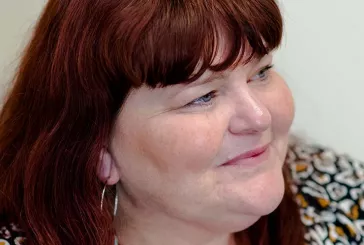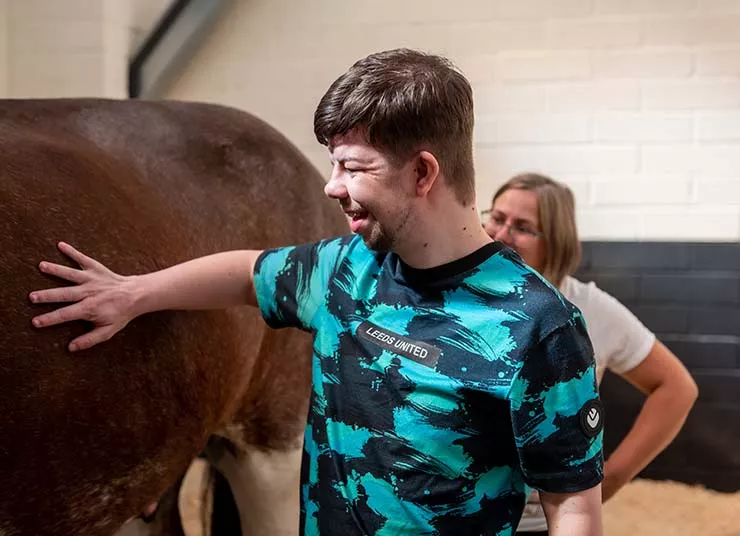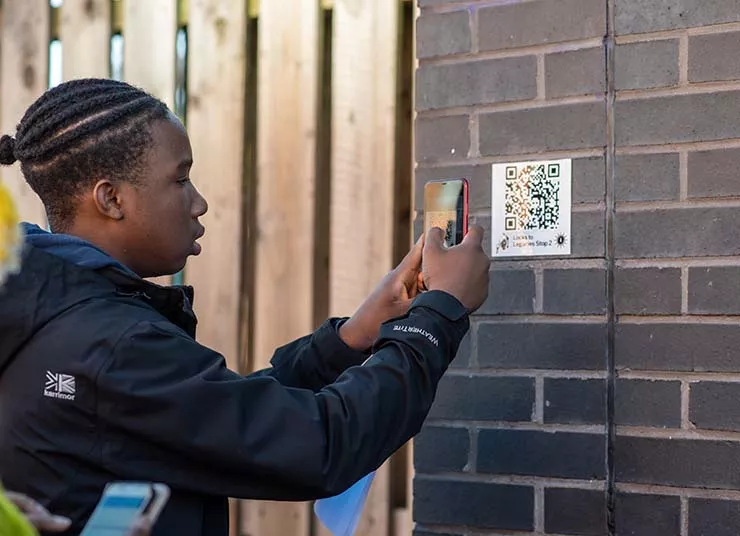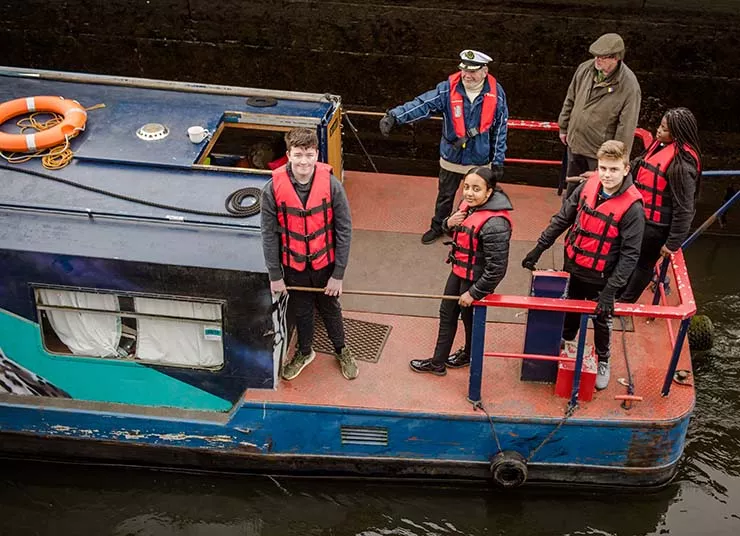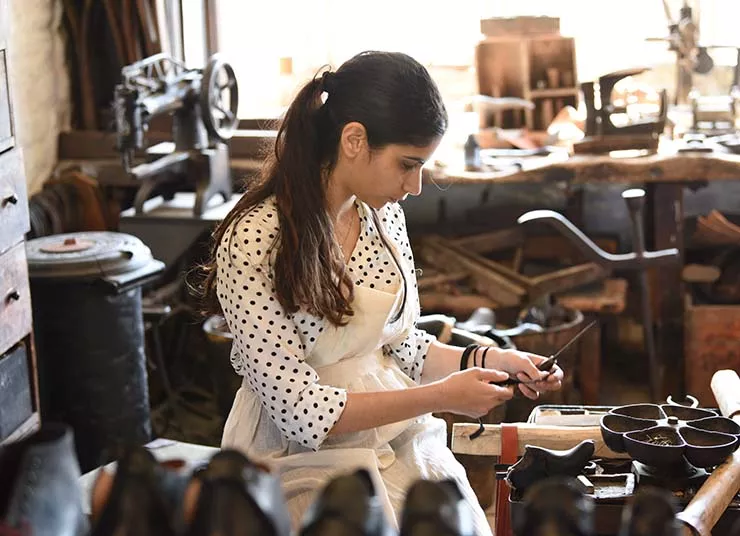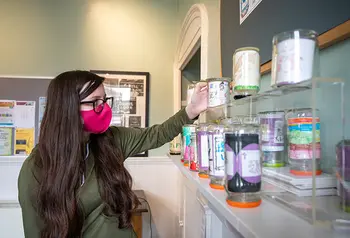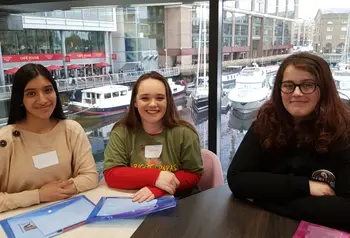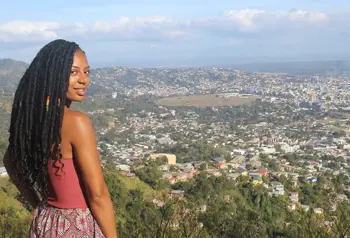A revolution in industrial heritage
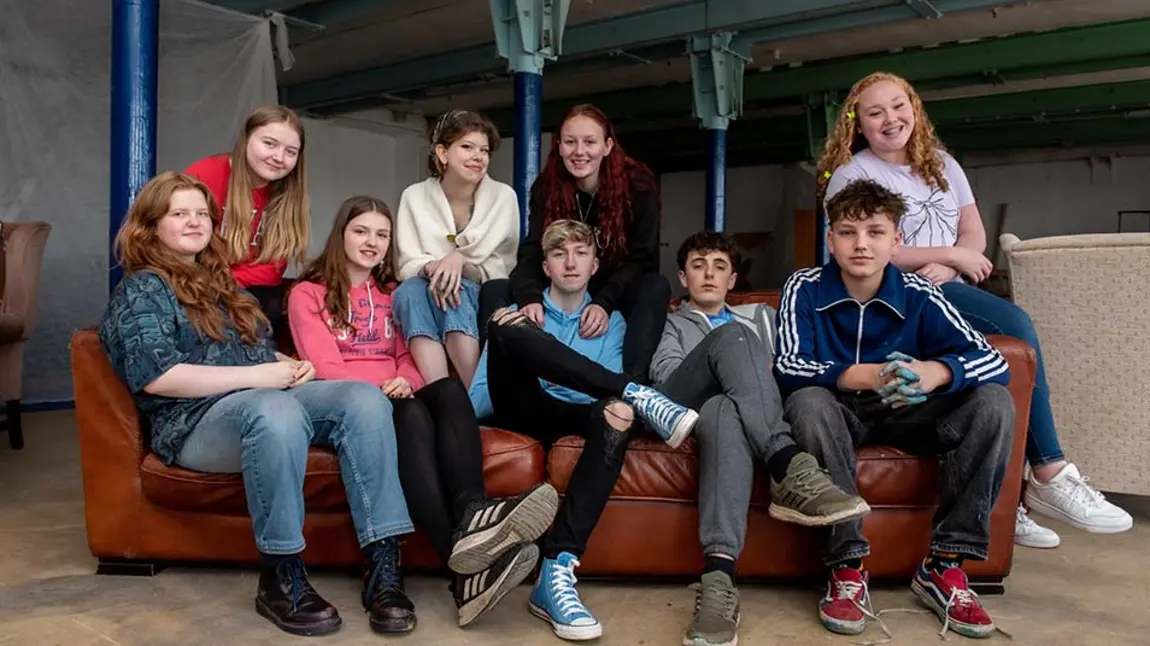
What is Ignite Yorkshire?
Ignite Yorkshire is a Kick the Dust project all about how industrial heritage and young people connect.
We work with ages 14 to 19: we wanted to work with young people who were just starting to think about career paths.
The project includes a range of partners which you can read about on the Ignite Yorkshire website.
Why focus on this area of heritage?
Industrial heritage is a big part of the identity of Yorkshire, from very rural places and the coast to what are thought of as traditionally industrial cities like Wakefield or Bradford.
What we are really interested in is how we can make that connection between this sense of place, sense of identity, with young people who were born in this century.
What is the revolution needed in industrial heritage?
The industrial heritage movement from the late 1960s onwards was prompted by the loss of industries that were large employers: the textile industry, coal mining, steam railways.
I think for the last 40-50 years industrial heritage sites have been able to trade on a level of nostalgia around industries that people have memories of, or had family members involved in.
When the nostalgia hook has gone for these sites, what's left?
But for young people these days, that is something that's drifting further and further away.
When the nostalgia hook has gone for these sites, what's left?
How can young people be part of this?
I think it's about shifting expectations of what these places could be.
People today have a very different generational attitude to extracting a load of carbon out of the ground and using it as a fuel. With the work that we've done with the National Coal Mining Museum, we've not shied away from that conversation.
In the future, we're not going see things in the same way that we do now and we did 20 years ago.
It's about balancing civic pride or the 'what made Britain great' narrative, with the pollution, the exploitation of people, both in this country and globally. I think some of these issues are similar for other aspects of heritage, like country houses or land use.
These are all areas that seem to be really interesting to young people. Working with them makes the future seem way less scary because your curiosity will be rewarded with a great experience!
What can go wrong with trying to engage young people?
We've learned loads about engagement on this project.
In short: if you organise an event, stick up a poster or put something on Facebook, and expect young people
to come along, you'll end up with an empty room.
Compared to putting on an event that nobody turns up to, having an arrangement where there's a paid role involved can work out far more cost effective.
We've come to understand the value of acknowledging young people's time and reimbursing that.
Compared to putting on an event that nobody turns up to, having an arrangement where there's a paid role involved can work out far more cost effective.
For example, we created the audio walk Locks to Legacies in Leeds exploring black history and its connection with industrial heritage. We invited young people to apply for a paid traineeship, which was three days long and then led onto paid creative roles to make the audio walk and an exhibition.
How can you make engagement fairer?
Young people's input should not just be treated as something that comes for free. If you value it, then you might invest in working out how you're going to incorporate that into the work that you do.
Asking young people to provide their lived experience for free can introduce a whole other layer of inequality and exploitation into the process.
We work with a lot of young people not from particularly affluent backgrounds, and the paid roles and opportunities can really make a massive difference
Talking to the young people we work with, volunteering has got an image problem. Sometimes there's an expectation that you have to do a certain amount of volunteering to be able to get access to something. That's not really volunteering. That's something else.
We work with a lot of young people not from particularly affluent backgrounds, and the paid roles and opportunities can really make a massive difference in terms of their ability to take part.
What have you learned about helping young people to lead projects?
We've done it in all sorts of ways. Creating with young people is really important aspect. We also have young people on boards and forming consultative groups at museums.
With one of our partners at North Yorkshire Youth, young people have co-created the evaluation methodologies that we use.
The youngest people that we work with, in the Cactus Crew, led on the development of the Ignite brand itself.
With a four-year project, the young people that you work with, if they stick with you, get older! If they weren't ready to be leaders right in the beginning, they might by the end.
What have the young people got out of working with Ignite Yorkshire?
For some of the young people, due to the pandemic, they were not able to do their GCSEs. But we know that the experience they have had with us has helped them get into agricultural college or onto an archaeology degree, for example.
There's the social and wellbeing side of it too: the opportunity to have a real impact on the culture of the place where you live.
And that's always reinforced if the young people have a great experience of working with people who treat them as equals.
What's always fascinating is whether that kind of spark of interest in heritage was already there at the beginning for some young people and we've just provided more fuel.
What do you hope will be the impact of your work?
Change will happen not just for industrial heritage but for all heritage organisations, whether we like it or not.
Working with young people and welcoming their ideas can genuinely help us to embrace change and plan for a positive and resilient future.
Working with young people and welcoming their ideas can genuinely help us to embrace change and plan for a positive and resilient future.
We have seen this at our partner Sheffield Museums Trust's three industrial sites, where young people have really influenced their approach to event programming.
We've also started sharing our learning with our Think Papers.
We know we've helped some young people make really big changes to where they're going next. That's what we set out to do and it's been amazing to understand how you do this and – how you do it again!
Find out more
This is one of a series of blogs about Kick the Dust, the Heritage Fund's £10million programme of 12 large-scale projects which are making heritage relevant to the lives of young people aged 11-25.
Renaisi is a social enterprise which is responsible for the Kick the Dust programme-level evaluation. The Centre for Youth Impact brings a youth sector perspective to the evaluation of Kick the Dust.
